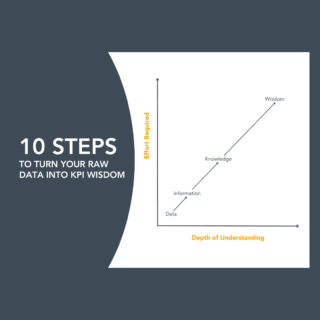I was hiking in the forests of North Vancouver recently with Nancy, a business colleague of mine, who had just returned from taking a “Change Lab” workshop with Adam Kahane, the guru of scenario planning from the early Shell days. “Adam told our group that strategic planning fails pretty much every time.” Nancy recounted. And what followed was a robust breathless conversation (remember we are hiking) of what gets in the way. So today, as I launch my new website www.dustfreestrategy.com, my post explores where strategic planning can fail and how Adam Kahane’s Change Lab approach might help us think differently about strategic execution.
What does it look like when a strategic plan fails? Is it when results don’t improve or the desired change never happens? Is it when the plan stops getting used or when conditions change and the plan seems less relevant? Is it when employees don’t understand or disagree with the strategic direction? Likely, it is all of the above to one degree or another.
So why do so many plans end up dusty on the shelf? I wish the answer was easy, but as with many things we want to change in our companies, we must first challenge our existing habits to really know why – and that includes our personal and our organization’s work habits around strategy development, strategic planning and how we execute. Both in my career working in managerial and leadership roles and in my consulting practice, I have discovered some common habits that can have big impacts on how strategic plans get used.
Here are 10 common planning habits that can lead your strategic plan to fail:
- Ghostly leadership: CEOs delegate the thinking and responsibility of strategy and no one is set up to challenge the status quo or lead change.
- Going solo: Strategy development is kept a cloistered annual event with low employee participation and there is no clear way to provide feedback or input.
- Lack of insights: Not enough solid industry data and customer insights are used in establishing the current situation and understanding the customer’s biggest problems.
- Love of corporate speak: Jargon and word-smything confuses instead of clarifies what is supposed to be achieved and what is strategically most important.
- No consistent road-map: There is no defined process or shared framework for teams to easily align their work to strategy.
- Absence of meaningful measures: KPIs are not actually measuring performance of what is strategically most important; and therefore keeps objectivity out of the conversations with no way of knowing if you are making real progress.
- Adhoc communications: Lack of consistent approach to sharing the strategy and the strategic story with those who need to understand it most.
- “To do” lists reign supreme with no clear way to allocate resources to priorities or to know if they were the right actions to do in the first place.
- No system to encourage evaluating and adapting: without a method of evaluation led from the top, organizations fail to remain flexible in how goals are achieved or plans adapted.
- A culture of impatience and judgment prevails: “How long will this take?” and “Who’s to blame?” are more common questions than “Are we making progress?” and “What is the root cause?”
So how does this link to what Adam Kahane is proposing with his Change Labs? Change Labs are based on the concept of co-creation and are developed to come up with better solutions to complex hard-to-solve issues. Strategy development and execution are complex too. And in addition, communicating it has to be easy-to-understand and clear for those who need to use it for day-to-day decision-making. The concept of Change Labs (and other similar ideas) can be an effective way to create new habits for keeping your strategy alive, depending on which habits are having the biggest impact on reducing the effectiveness of your strategic planning.
So if you have been part of a “dusty” plan that may not have met your expectations, remember to first examine your past strategy and strategic planning habits before diving in again.
As Einstein has told us, if you want different results, you have to do something differently.
Check out my next blog that will introduce more new habits that might help your next strategy be more dust-repellent.


